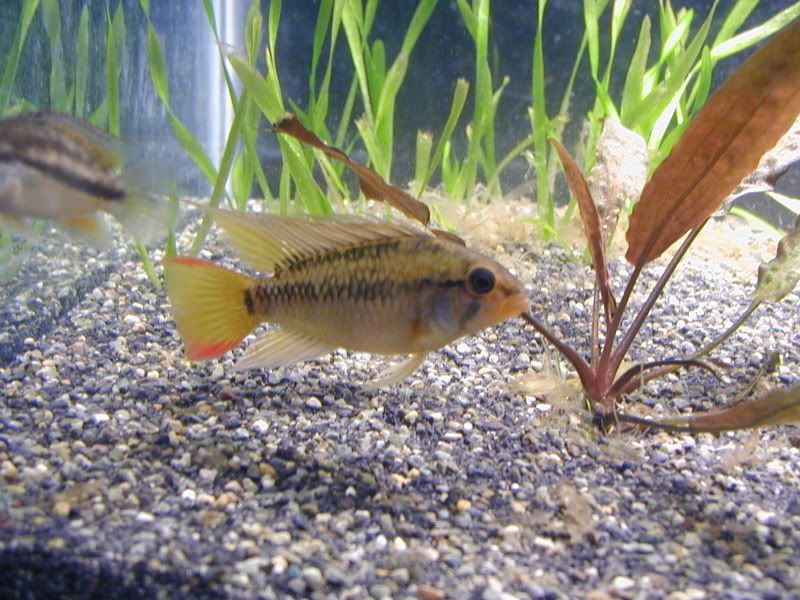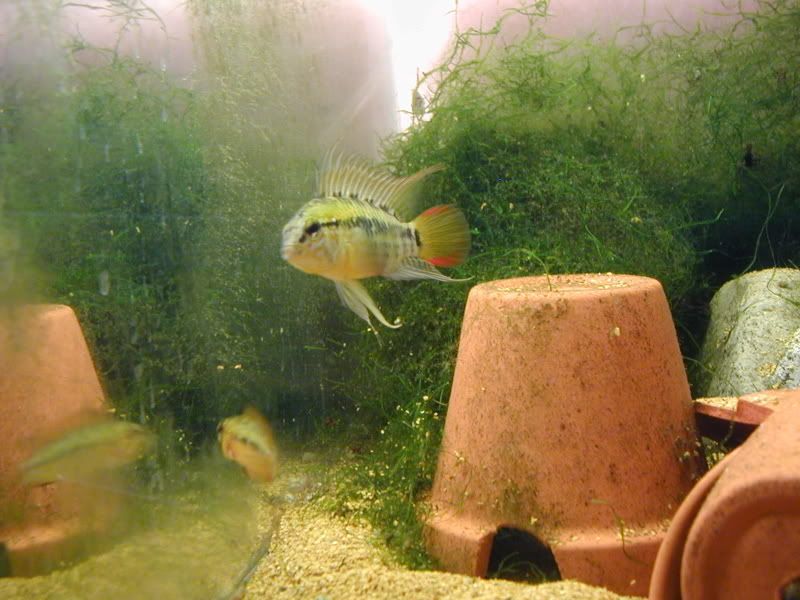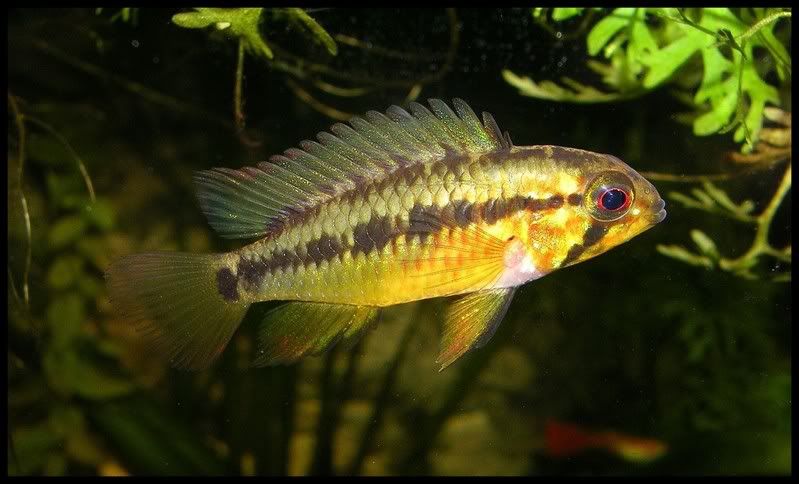- Messages
- 152
- Location
- Cambridge On Canada
sold to me as viejita ?
first fish.

macmasteri ? came in a mixed box of apisto's
second fish.
photo 1

photo 2

first fish.

macmasteri ? came in a mixed box of apisto's
second fish.
photo 1

photo 2





